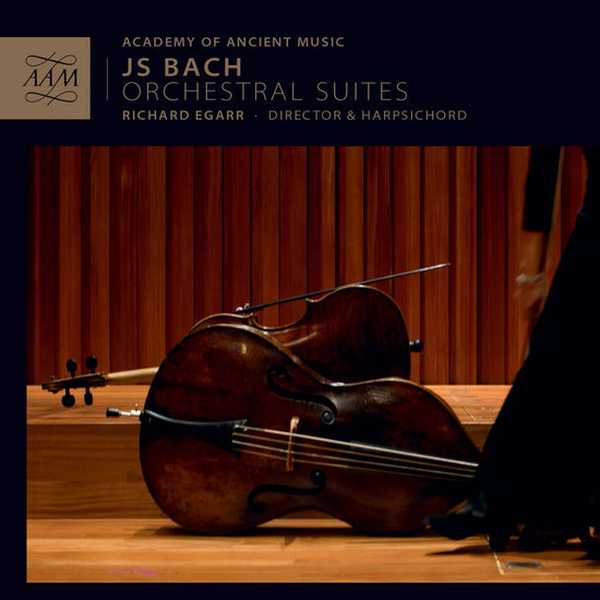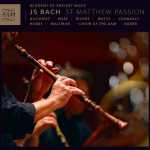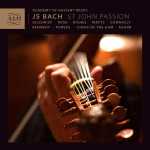

Composer: Johann Sebastian Bach
Performer: Richard Egarr, Academy of Ancient Music
Number of Discs: 2
Format: FLAC (tracks)
Label: AAM Records
Catalogue: AAM003
Release: 2014
Size: 1.9 GB
Recovery: +3%
Scan: yes
CD 01
Orchestral Suite No. 1 in C Major, BWV 1066
01. I. Ouverture
02. II. Courante
03. III. Gavottes I & II
04. IV. Forlane
05. V. Menuetts I & II
06. VI. Bourrées I & II
07. VII. Passepieds I & II
Overture (Suite) No. 2 in B Minor, BWV 1067
08. I. Ouverture
09. II. Rondeau
10. III. Sarabande
11. IV. Bourrées I & II
12. V. Polonaise – Double
13. VI. Menuett
14. VII. Badinerie
CD 02
Orchestral Suite No. 3 in D Major, BWV 1068
01. I. Ouverture
02. II. Air (On a G String)
03. III. Gavottes I & II
04. IV. Bourrée
05. V. Gigue
Orchestral Suite No. 4 in D Major, BWV 1069
06. I. Ouverture
07. II. Bourrées I & II
08. III. Gavotte
09. IV. Menuetts I & II
10. V. Réjouissance
Towards the end of its 40th anniversary year the Academy of Ancient Music, with its musical director Richard Egarr, releases a significant new recording of JS Bach’s four Orchestral Suites BWV1066-69. This new recording was made at low pitch (A=392) along with a reduced orchestra.
Using one player per part creates a wonderful chamber music feel and allows the flexibility that is essential in Bach’s music.” (Richard Egarr).
Further content available online includes an introductory film about the recording as well as session photographs. This release – the third on AAM Records – follows ‘Birth of the symphony: Handel to Haydn’, which was named BBC Radio 3’s Disc of the Week and widely acclaimed, and JS Bach’s ‘St John Passion’, which received a 2014 Gramophone Award nomination in the vocal category.
Britain’s Academy of Ancient Music, still going strong even in the face of now-commonplace competition in the historical-performance field, first recorded Bach’s six orchestral suites in 1988. They return to them in 2014 with a recording characteristic of the group’s history but still reflective of the efforts of new director Richard Egarr, who also plays a vigorous harpsichord continuo. Egarr explicitly rejects the blistering tempos of the contemporary Italian Bach style, and in the suites this is reasonable: the dances come out with the intended rough charm, and the slow movements, including the so-called Air on a G string from the Suite No. 3 in D major, BWV 1068 (CD 2, track 2), have an attractive natural feel. The main factor determining the reaction of many listeners will be the Academy’s one-instrument-per-part forces. Egarr’s brasses are smooth, but there are still places where chords of them emerge baldly from the texture. Of course many groups have played the suites this way, but Bach probably had a larger group in Cöthen and might have known Italian or French orchestras with several dozen players. Recommended for one-instrument-per-part fans.



